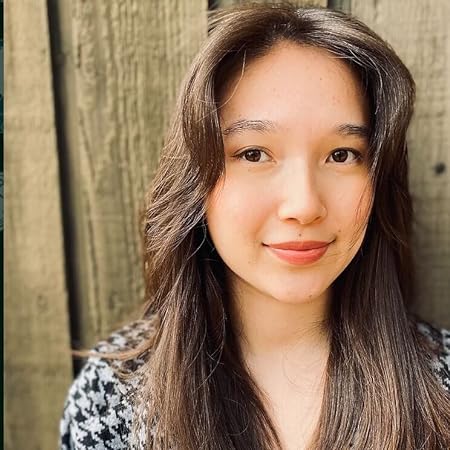
by Michele Kirichanskaya | Apr 11, 2025 | Blog
Sophie Kim is the #1 Sunday Times bestselling author of The God and the Gumiho. She has a penchant for writing stories that feature mythology, monsters, mystery, and magic. Her work includes young adult novels such as the Talons series and books on the adult spectrum...
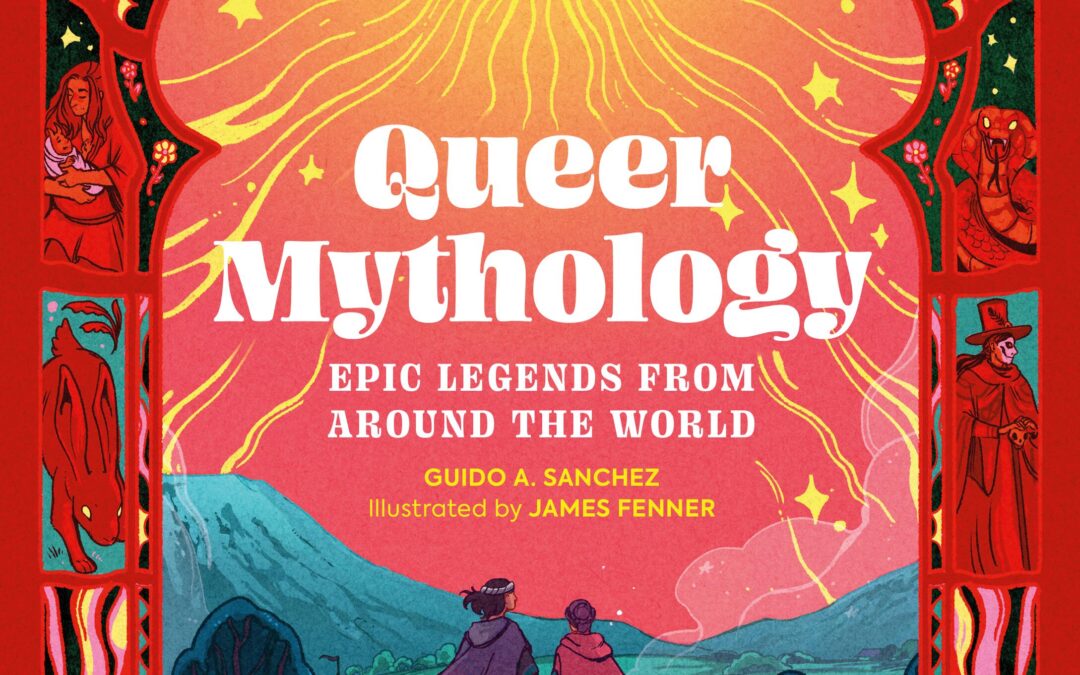
by Michele Kirichanskaya | Apr 9, 2025 | Blog
Guido A. Sanchez is a writer, middle school teacher and leader, comics aficionado, and podcaster based in New York. Guido revels in nurturing young people along their journeys as they begin to tell the myths of their own lives. Once the school day wraps up, he also...
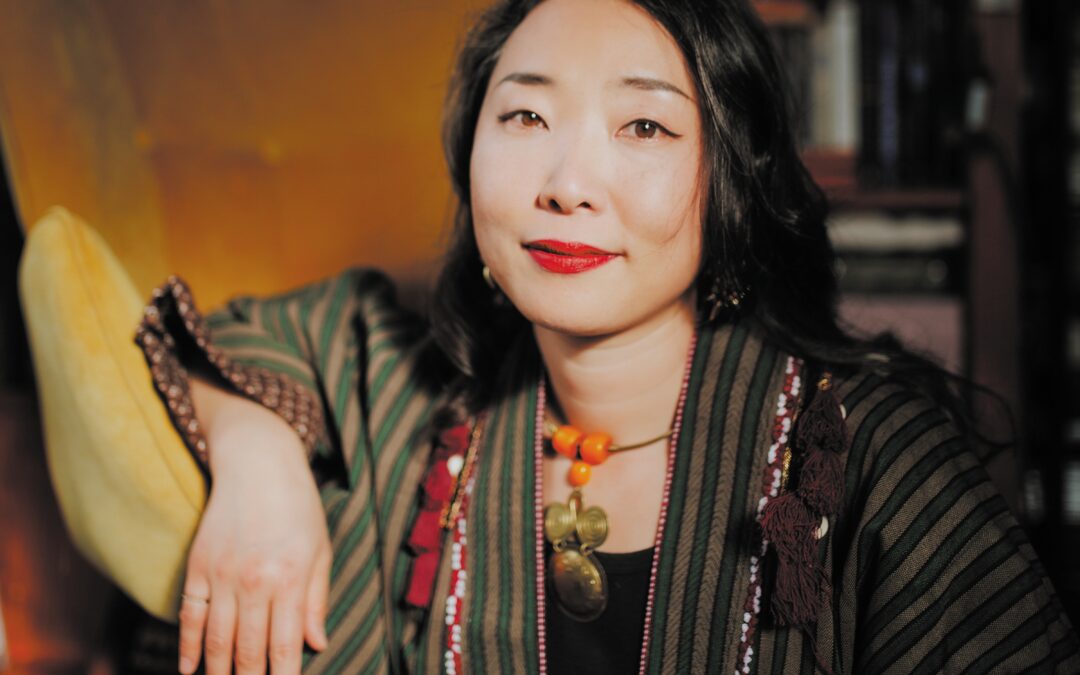
by Michele Kirichanskaya | Jul 12, 2024 | Blog
First of all, welcome to Geeks OUT! Could you tell us a little about yourself? My name is Robin Ha, I am a Korean American cartoonist based in Virginia. I was born in Seoul, South Korea, and immigrated to the United States when I was fourteen. I grew up reading and...
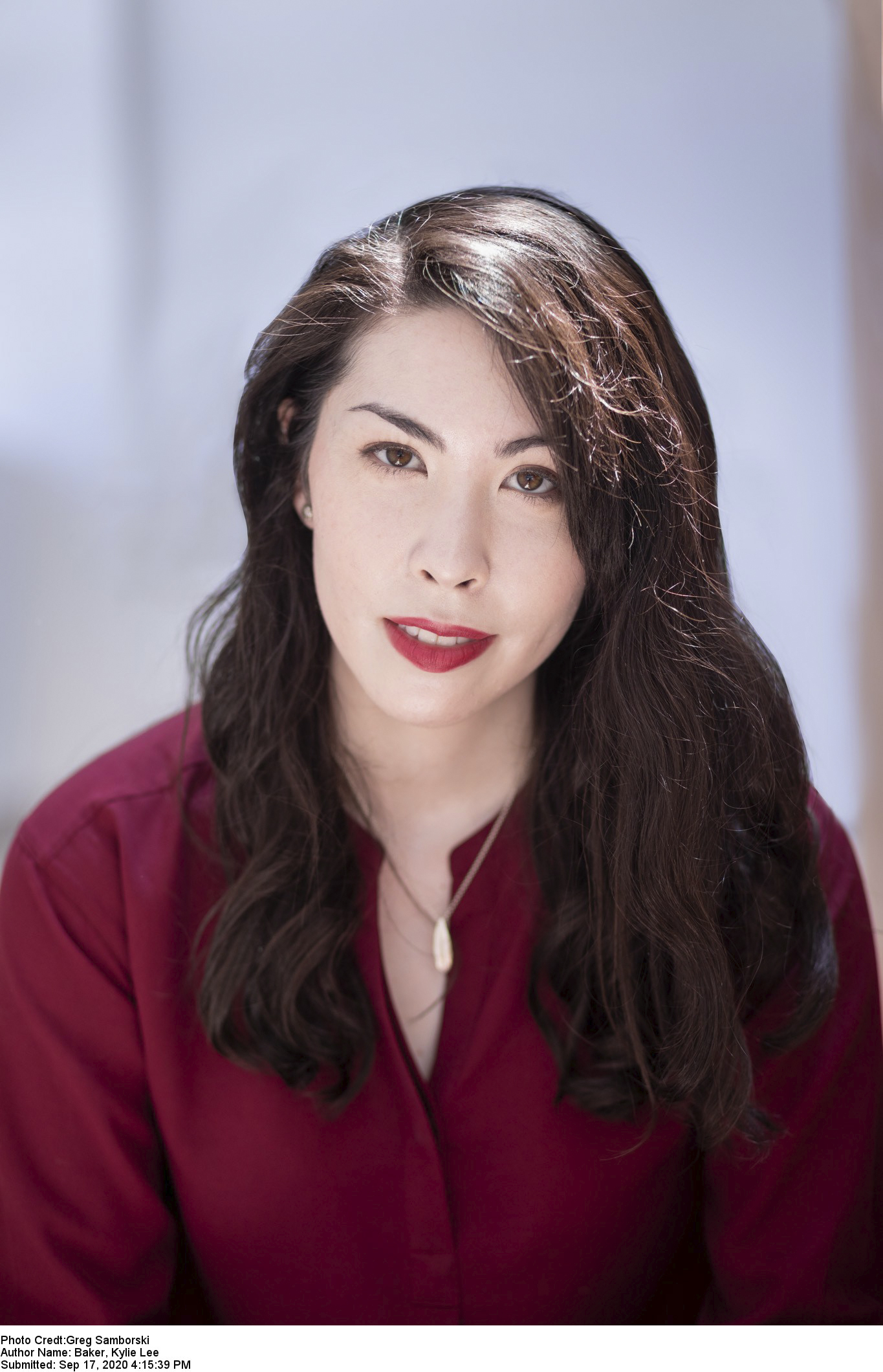
by Michele Kirichanskaya | Oct 7, 2022 | Blog
Kylie Lee Baker grew up in Boston and has since lived in Atlanta, Salamanca, and Seoul. Her work is informed by her heritage (Japanese, Chinese, & Irish) as well as her experiences living abroad as both a student and teacher. She has a BA in creative writing and...
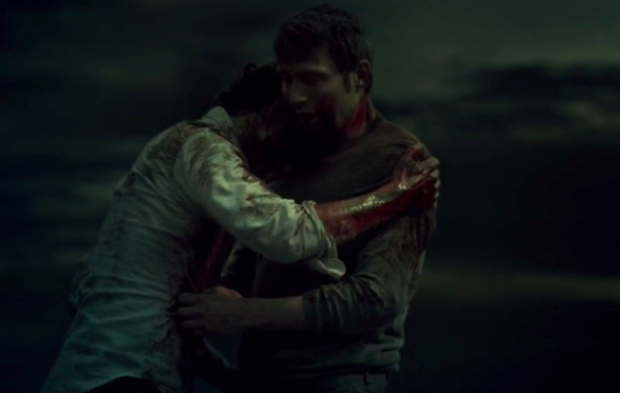
by Geeks OUT | Apr 17, 2016 | Blog
Episode 9: “Shiizakana” Hannibal Lecter: No one can be fully aware of another human being unless we love them. By that love, we see potential in our beloved. Through that love, we allow our beloved to see their potential. Expressing that love, our beloved’s potential...






